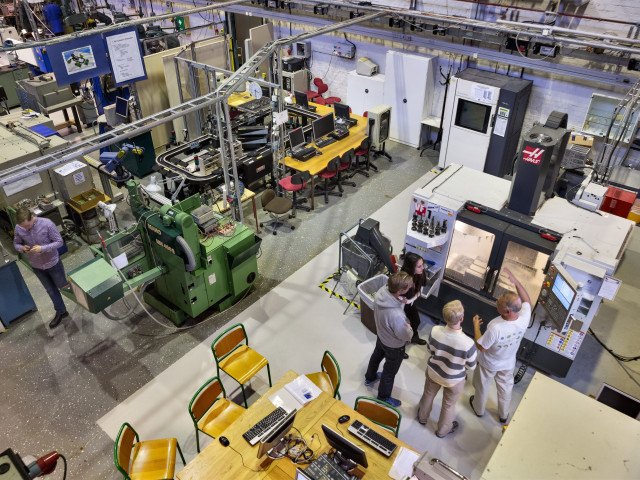The eligibility as required for the programme, or the equivalent knowledge in Architecture or related field.
Liljefors, A. (1999). Lighting Visually and Physically. KTH School of Architecture, Stockholm
Boyce, P. (2014). Human Factors in Lighting, CRC Press; 3 edition
DiLaura, D., Houser, K., Mistrick, R., Steffy, G. (2011). Lighting Handbook, 10th ed, IES
Berns Roy S., (2000). Billmeyer and Saltzman's Principles of Color Technology. 3rd Edition, John Wiley & Sons
Neuman, Dietrich (2010). The Structure of Light. Yale Universtiy Press
Arnkil, H., Fridell Anter, K., Klarén, U. (2012). Colour and Light - Concepts and Confusions, Aalto University publication series
